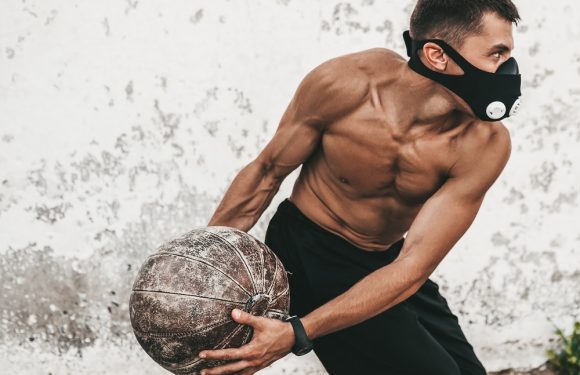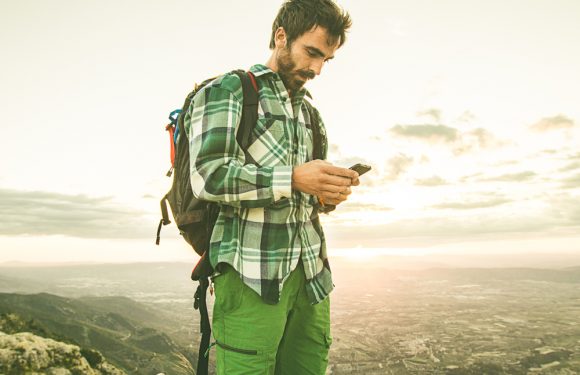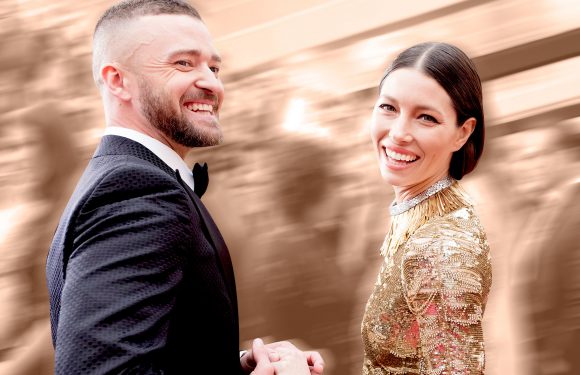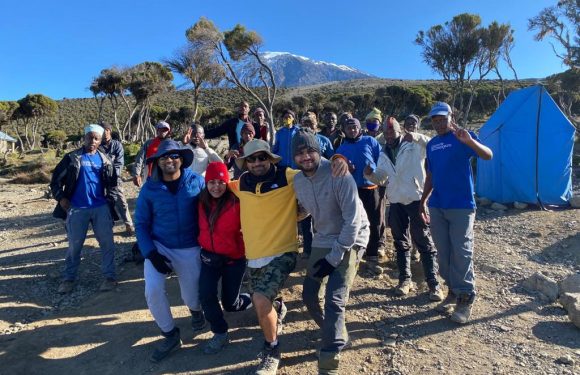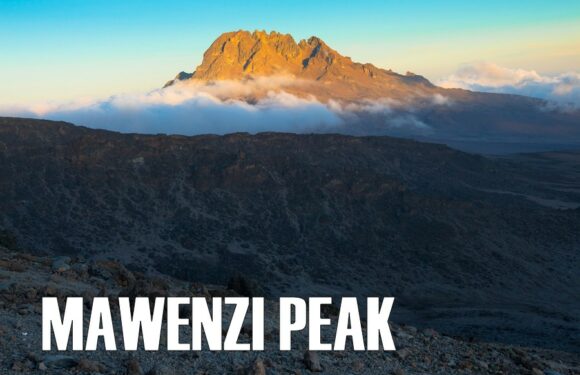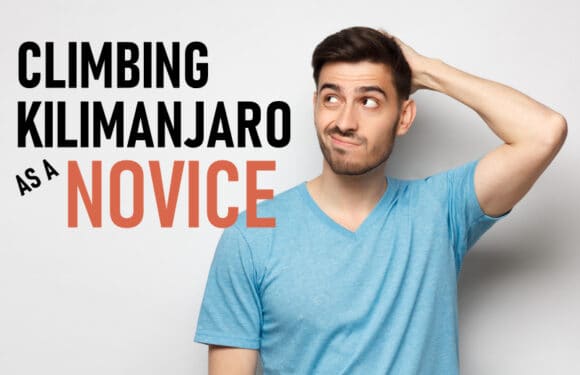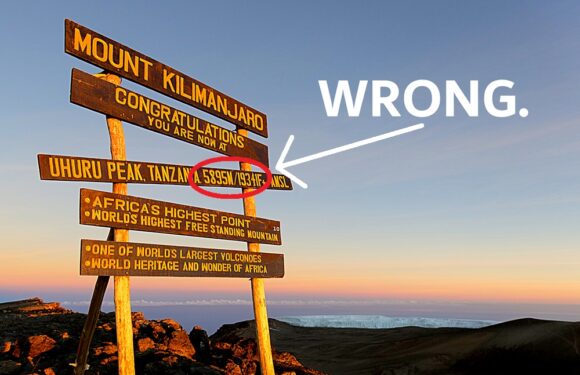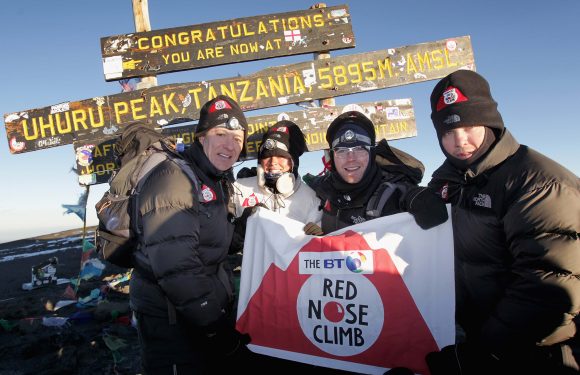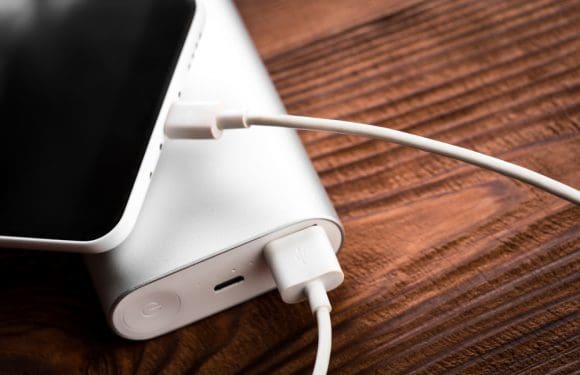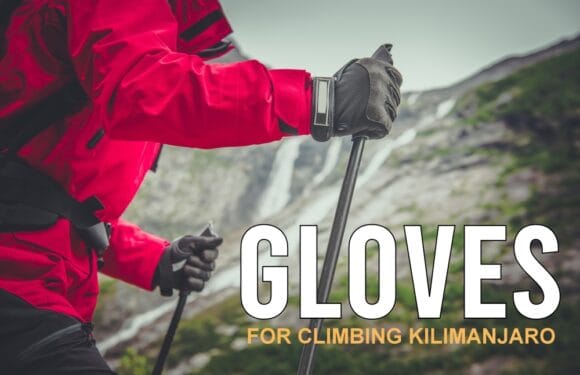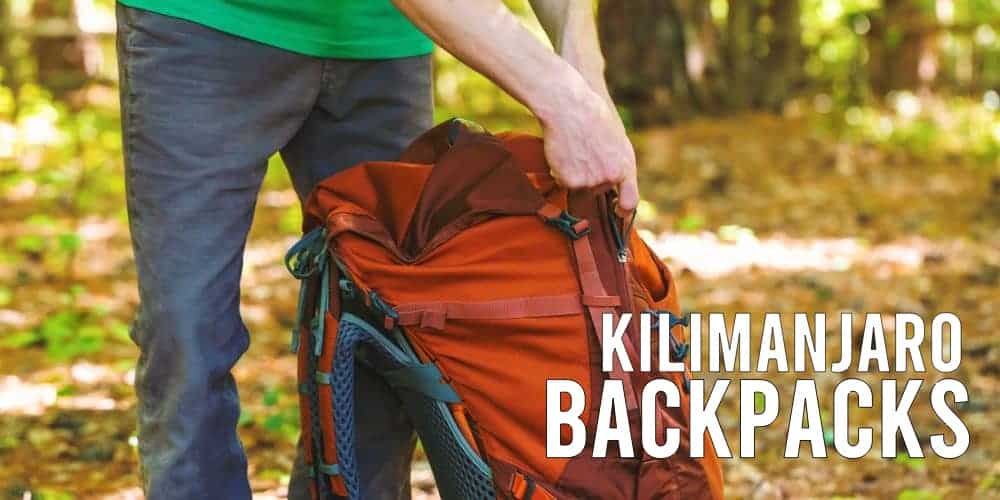
What is the best backpack for climbing Kilimanjaro?
Everyone is familiar with backpacks. After all, we lugged around our things in classic book bags as children as we walked from classroom to classroom and traveled to and from school.
There are many different types of backpacks on the market nowadays. We have professional bags that replace the traditional business briefcase and laptop bags. We have travel bags that make getting through airports and client sites easier. We have tactical backpacks that have a military style. We have fashion bags that are more stylish, used for hanging out around town or at a coffee shop. We have climbing packs that are sleek and minimalist. And the list goes on and on.
Though you can probably get by with using most kinds of backpacks on Kilimanjaro, we highly recommend getting a technical backpack designed for hiking.
Technical Backpacks
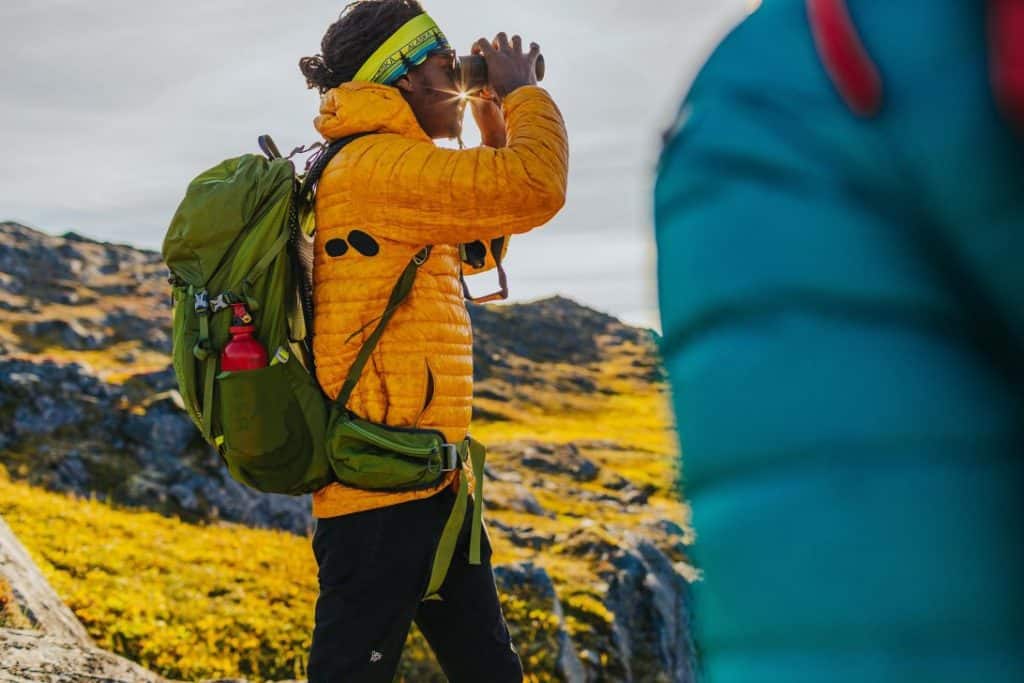
With so many features, technical day packs make life on the trail easier. Below are some of the great features of the modern day pack:
- hydration reservoir to hold your water bladder
- side pockets, front stash pocket and hip belt pockets for convenience
- adjustable hip belt, sternum strap and lift loader straps for comfort
- gear loops to attach items to the outside
- mesh back panel for ventilation
- compression straps to secure your load
- lightweight construction
Technical day packs are the best choice for climbing Kilimanjaro.
Day packs are small versions of large backpacks that are made for multiday backpacking trips, where one would require the capacity to carry a tent, cooking equipment and a sleeping bag.
Day packs are intended for day hikes (hikes that are completed in a single day). Thus, they are smaller and less robust as they aren’t meant to hold weights over 30 or so pounds.
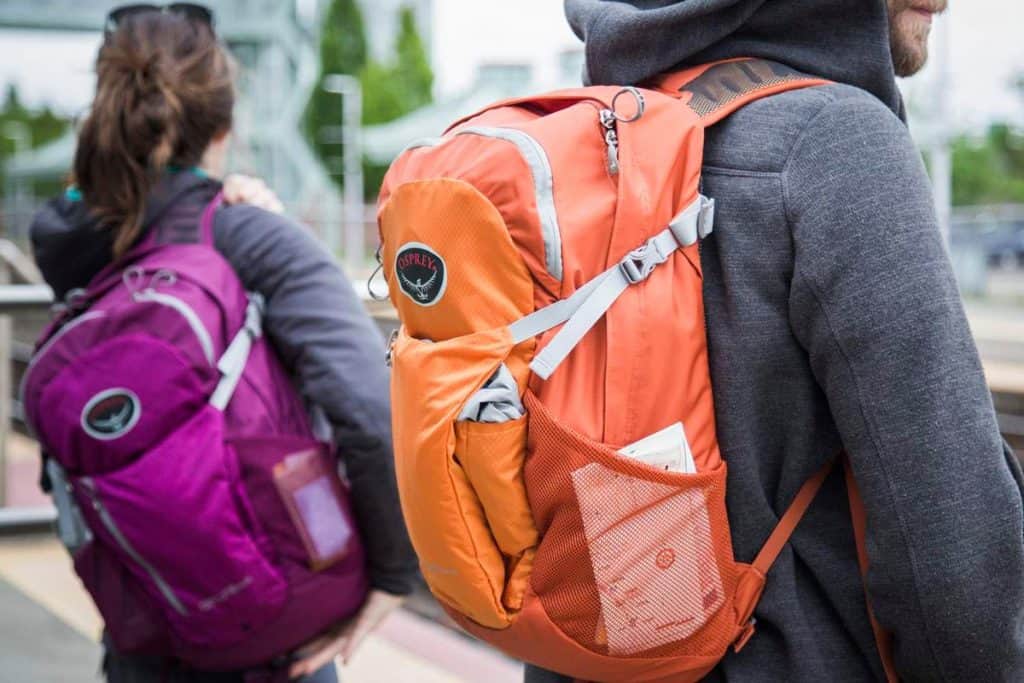
On Kilimanjaro, you won’t need a huge backpack because our porters carry most of your gear from camp to camp. The only things you need to carry are those that you may need while on the trail. This includes extra layers of clothing, water, snacks, sunscreen, and other small items.
A medium-sized day pack, about 30 to 35 liters, is recommended. Smaller capacity, such as 20 or 25 liters, may be used but it would require careful packing each and every time you add or remove something. It is more convenient to carry a larger size so you do not have to put as much thought into how you are handling things. This become a factor when you are tired or at high altitudes, which can cause brain fog.
The most important consideration is that your day pack be comfortable for long periods of time. You will carry it everyday for several hours, so you do not want something that does not fit your body. For the best results, go to your local outdoor store and have a professional find a bag for you. Then test it out on your local training hikes before you come to climb Kilimanjaro.
Gregory Citro 30/Juno 30
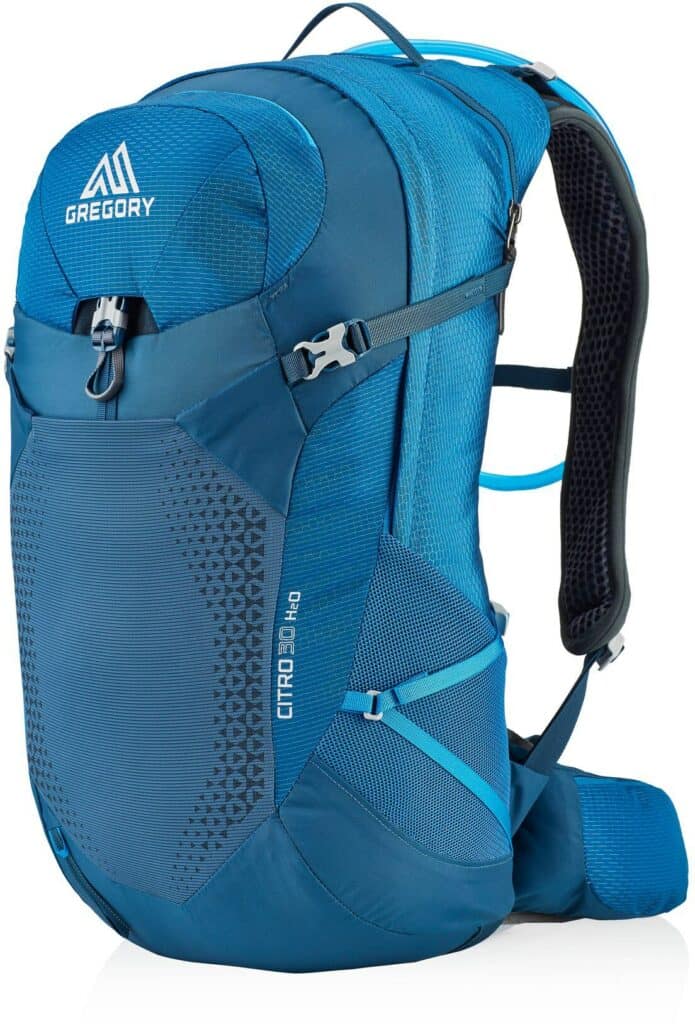
We like the Gregory Citro 30 (men’s) and Juno 30 (women’s). They are the perfect size, and sit very comfortably on your body, as all Gregory packs do. They have a mesh back panel to keep your back dry, several back and side pockets, compression straps, and includes a hydration bag. These backpacks retail for around $180 and can be found here.
Gregory also makes daypacks with capacities of 24L, 28L, 32L, 33L, 35L and 38L. So you have many to choose from. Just don’t go too small.
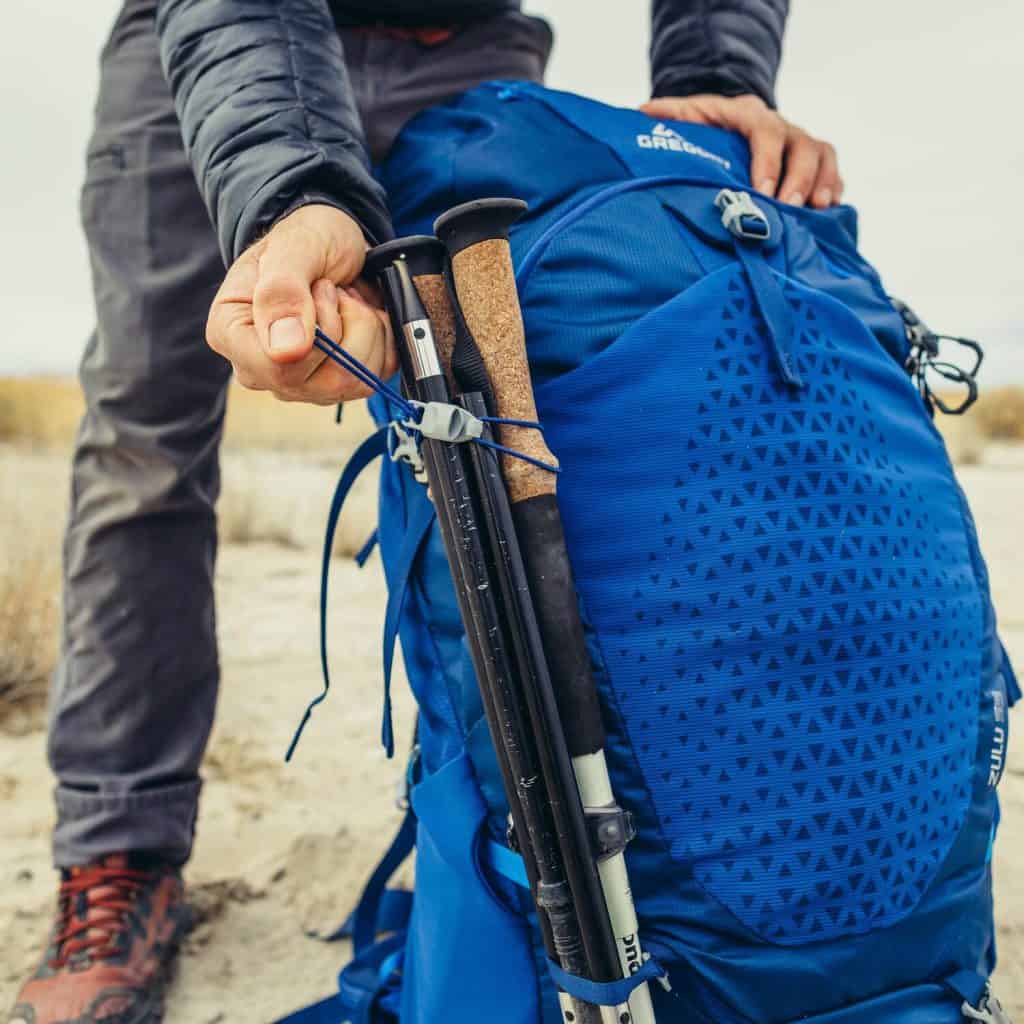
Gregory Packs was founded by Wayne Gregory in 1977. The company has pioneered new suspension systems that work with your body instead of against it, paying relentless attention to men’s and women’s fit, and inventing new materials and construction techniques. Their unique approach to design gave the company the confidence to offer a lifetime guarantee on their products.
Osprey Talon 33

The other brand we are quite fond of is Osprey. Osprey was founded in 1974 by Mike Pfotenhauer. He started by making custom-fit, made-to-order packs constructed over several days. Today, they make some of the most comfortable and advanced backpacks in the world.
The Osprey Talon 33 is a high quality backpack that will prove its worth on Kilimanjaro. At 33 liters, it will easily fit your daily gear. It is lightweight, with a comfortable hipbelt, and has useful features including compression, hydration sleeve, mesh harness slash pocket, and a large stretch mesh front panel pocket.
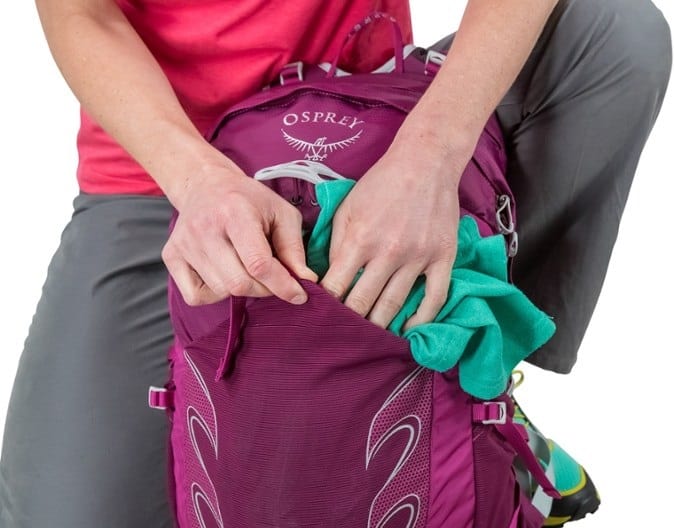
The Osprey Talon 33 retails for around $140 and can be found here: Osprey Talon 33
Of course, Osprey also makes additional sizes and models that could suit your desires.
You can find all your outdoor gear at these preferred retailers:
__________




















































